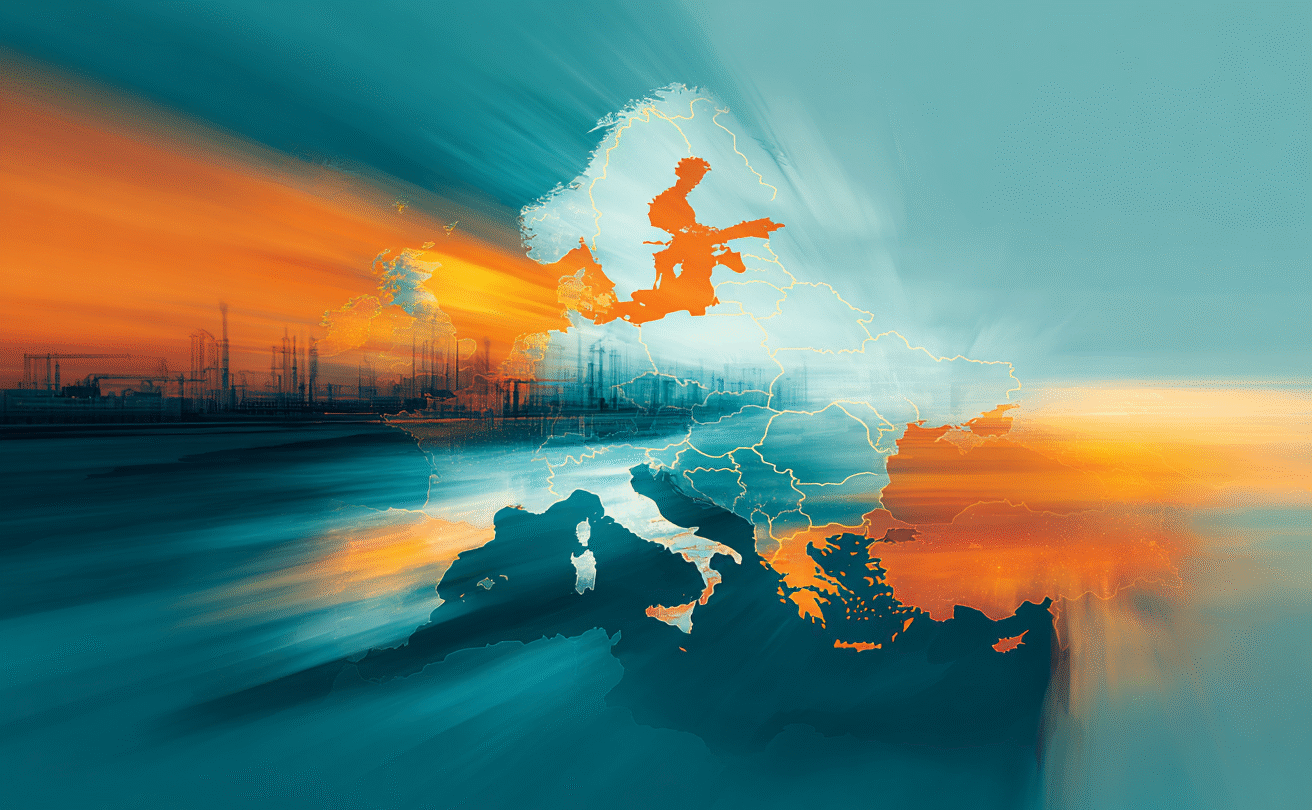The Asymmetric Impact of War and its Implications for EU Policy
Can Europe turn wartime relief into long-term resilience?
Executive Summary
Russia’s war revealed how asymmetric shocks deepen Europe’s divides. Despite affecting all countries, the war’s economic fallout — from energy costs to supply bottlenecks — hit member states unevenly. Industrial structure, fossil-fuel dependence, and fiscal capacity determined who could adapt and who could not. Energy-intensive manufacturing hubs such as Germany and Italy proved unexpectedly vulnerable, while countries with weaker fiscal buffers faced harsher inflation and employment shocks.
Energy dependence magnified structural vulnerabilities. Over 90 % of the EU’s gas and oil needs were met by imports, with Russia providing the largest share. Dependence was particularly acute in the German-manufacturing core and parts of Eastern and Southern Europe, where high energy intensity combined with low renewable uptake. Peripheral economies — dominated by small firms, precarious employment, and limited welfare systems — faced higher social and economic costs.
Global value-chain shocks transmitted unevenly across Europe. Beyond energy, disruptions in Russian and Ukrainian inputs — from nickel and palladium to fertilisers and cereals — exposed the fragility of Europe’s supply chains. Countries with close industrial ties to Germany or with high exposure to Russian intermediates suffered cascading production losses. The result was not only inflation but also renewed industrial divergence.
Short-term relief without reform risks entrenching fragility. Emergency fiscal measures softened the immediate blow but did little to strengthen productive capacity or diversify supply. Without structural investment in renewables, grids, and critical materials, such relief risks reproducing dependency — cushioning today’s shocks while setting up tomorrow’s.
Europe needs a coordinated resilience strategy. Diversifying suppliers must go hand in hand with building domestic capabilities in clean energy and strategic inputs. EU-level instruments — from common procurement to green industrial investment — are essential to overcome national fiscal limits and align macroeconomic tools with structural upgrading. Cohesion depends on moving from crisis management to capacity building.
Policy Recommendations
-
Share risks at EU level. Develop common mechanisms for energy diversification, storage, and procurement to reduce dependence on concentrated suppliers.
-
Protect investment envelopes. Ring-fence public investment in renewables, grids, and efficiency from fiscal tightening.
-
Link relief to reform. Condition emergency support on substitution and efficiency plans in energy-intensive sectors.
-
Coordinate fiscal and monetary policy. Align disinflation efforts with investment priorities so macro-stabilisation does not derail structural adjustment.
